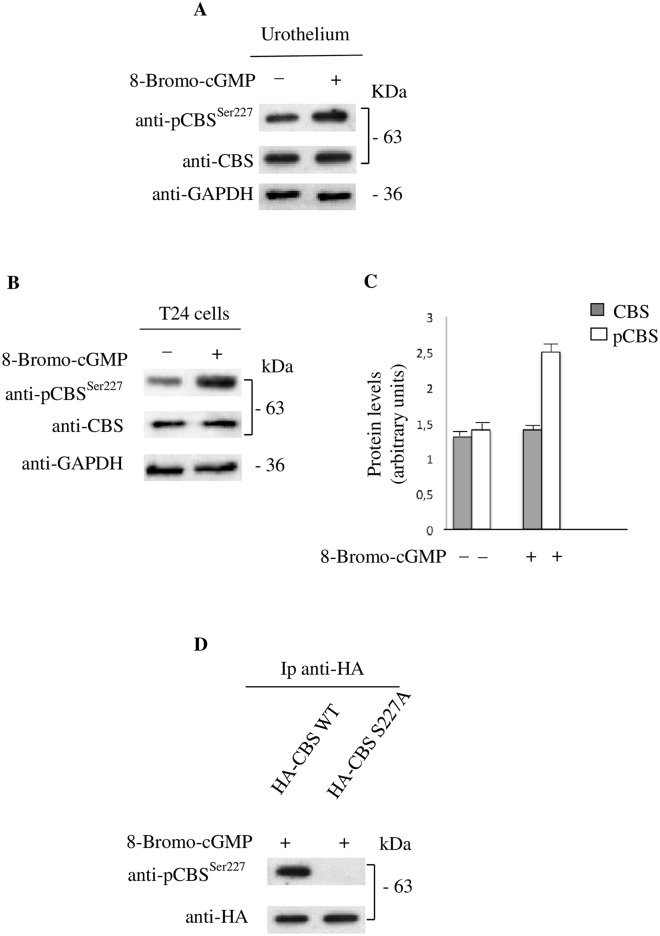Fig 7. The pCBSSer227 antibody selectively recognizes the CBS phosphorylated form in human urothelium and T24 cells.
(A) Expression of CBS phosphorylated form in human urothelium tissue treated or untreated with 8-Br-cGMP for 15 min. Protein extracts are analyzed by immunoblotting using the anti-pCBSSer227 and anti-CBS. Loading in the gel lanes was controlled by detection of GAPDH protein. (B) T24 cells treated or untreated with 8-Br-cGMP for 15 min. Protein extracts are analyzed by immunoblotting using the anti-pCBSSer227 and anti-CBS. Loading in the gel lanes was controlled by detection of GAPDH protein. A more robust pCBS specific signal is detected by anti-pCBSSer227 in lysates from T24 cells treated with 8-Br-cGMP. No difference in signal intensity is appreciable in the same samples incubated with the anti-CBS. (C) Protein levels are evaluated by densitometric analysis expressed as arbitrary units. (D) Proteins from T24 cells transiently transfected with constructs expressing HA-CBS WT or HA-CBS S227A and treated with 8-Br-cGMP are specifically immunoprecipitated with antibody against the HA epitope. Immunoprecipitates (Ip) are separated by SDS–PAGE and immunoblotted with anti-pCBSSer227. Note the absence of signal in cells transfected with HA-CBS S227A mutant construct.

